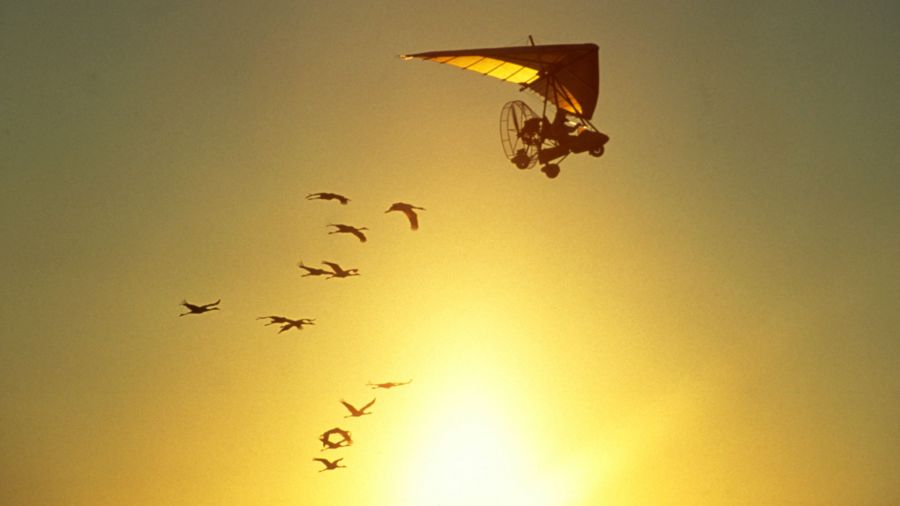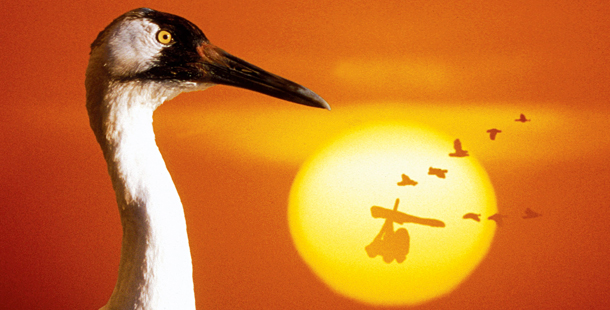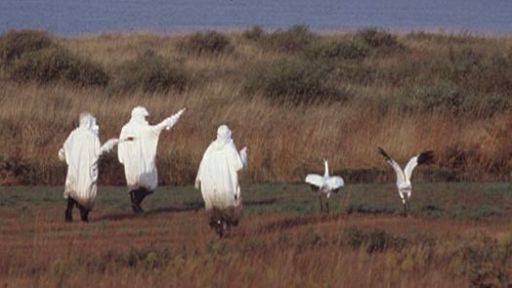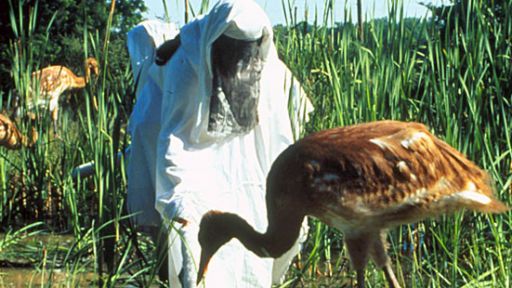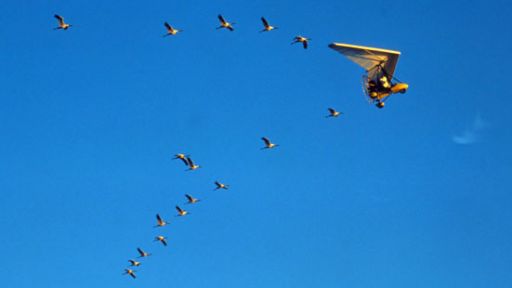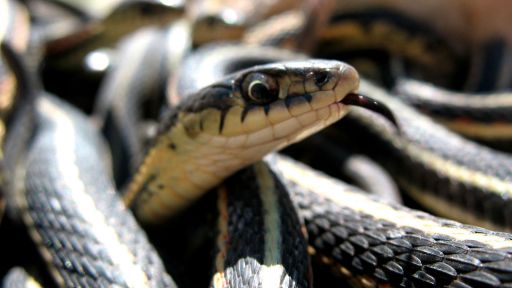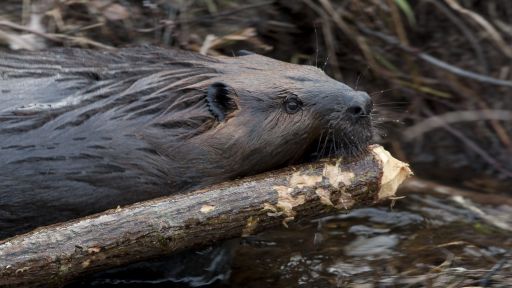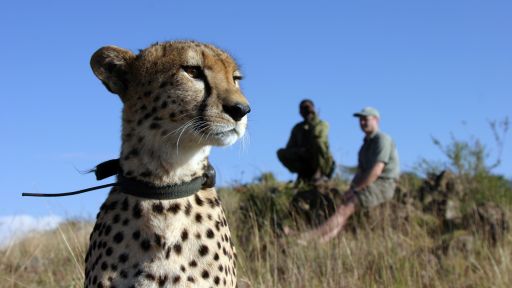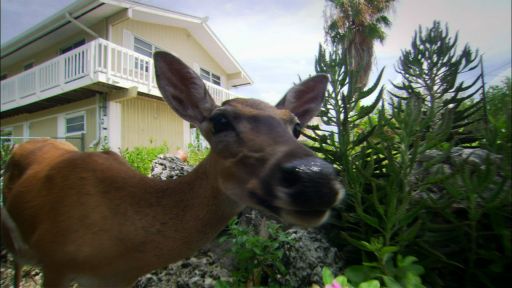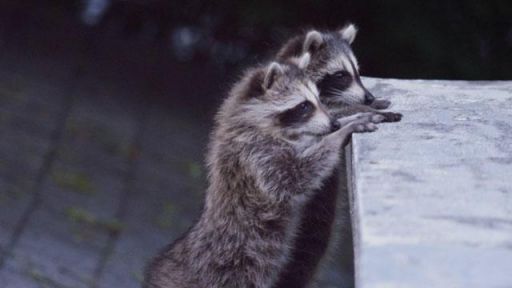Whooping cranes learn survival lessons from human surrogate parents on NATURE’s Flight School.
At five-feet tall, with a wing span of nearly 8 feet, whooping cranes are among the largest and most beautiful birds of North America. But hunting and other forms of human encroachment drove them to the very edge of extinction in the mid-20th century, when the head count for the last known flock plummeted to an all-time low of just 15. Legal protection, conservation measures, and artificial breeding programs have slowly lifted the number of whoopers to more than 400 today, of which nearly 300 are in the wild. But those are still dangerously low figures.
Enter Operation Migration — a group of scientists from the Patuxent Wildlife Research Center in Maryland, the International Crane Foundation in Wisconsin, and other conservation groups. To help ensure the survival of these endangered birds, Operation Migration maintains an artificial breeding program that prepares chicks for adulthood. Disguising their human appearance with whooping crane costumes, researchers meticulously train the chicks for flight. Using ultralight aircrafts, the scientists then lead them on their inaugural migration — covering more than 1,200 miles. The scientists are hoping that their experiment will enable the birds to grow up as normal adult cranes and successfully breed.
Follow the whooping cranes’ migration and share the excitement, perils and, in some cases, the heartbreak of the scientists of Operation Migration in Flight School.

